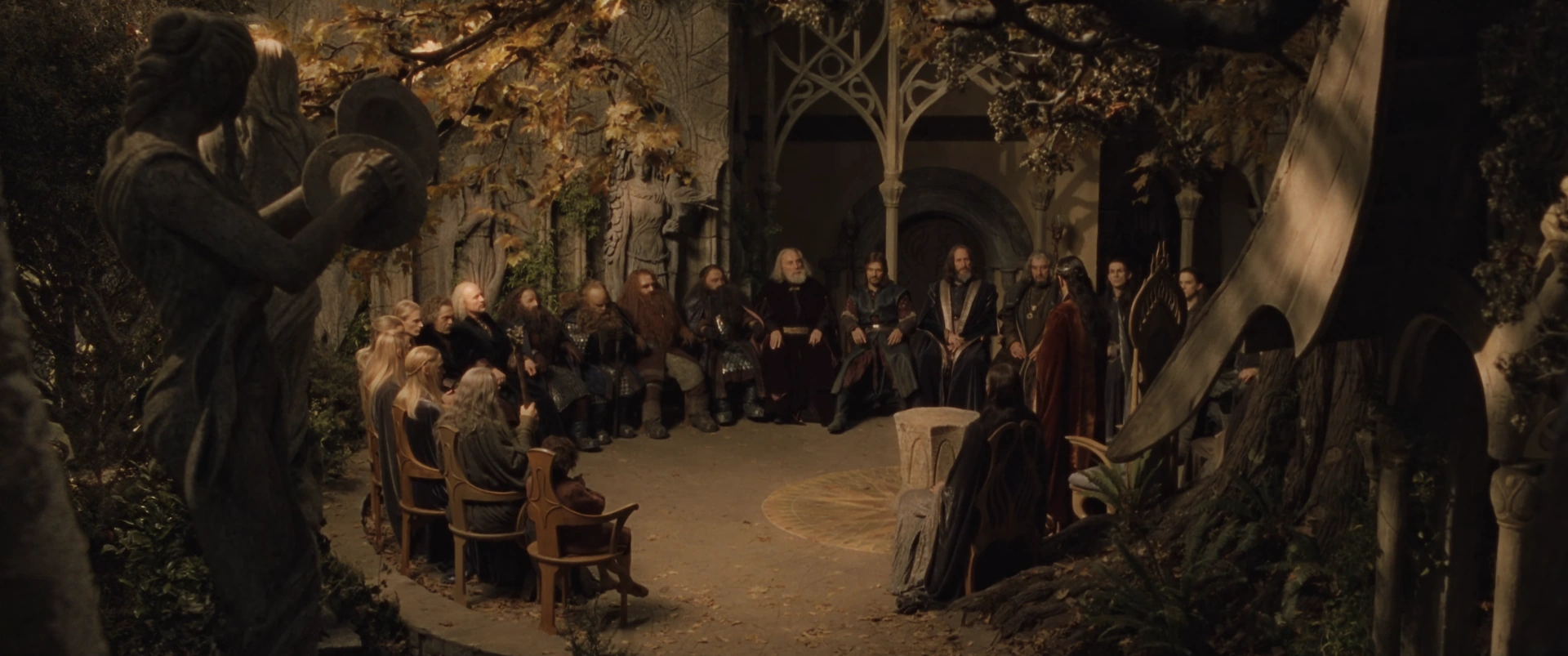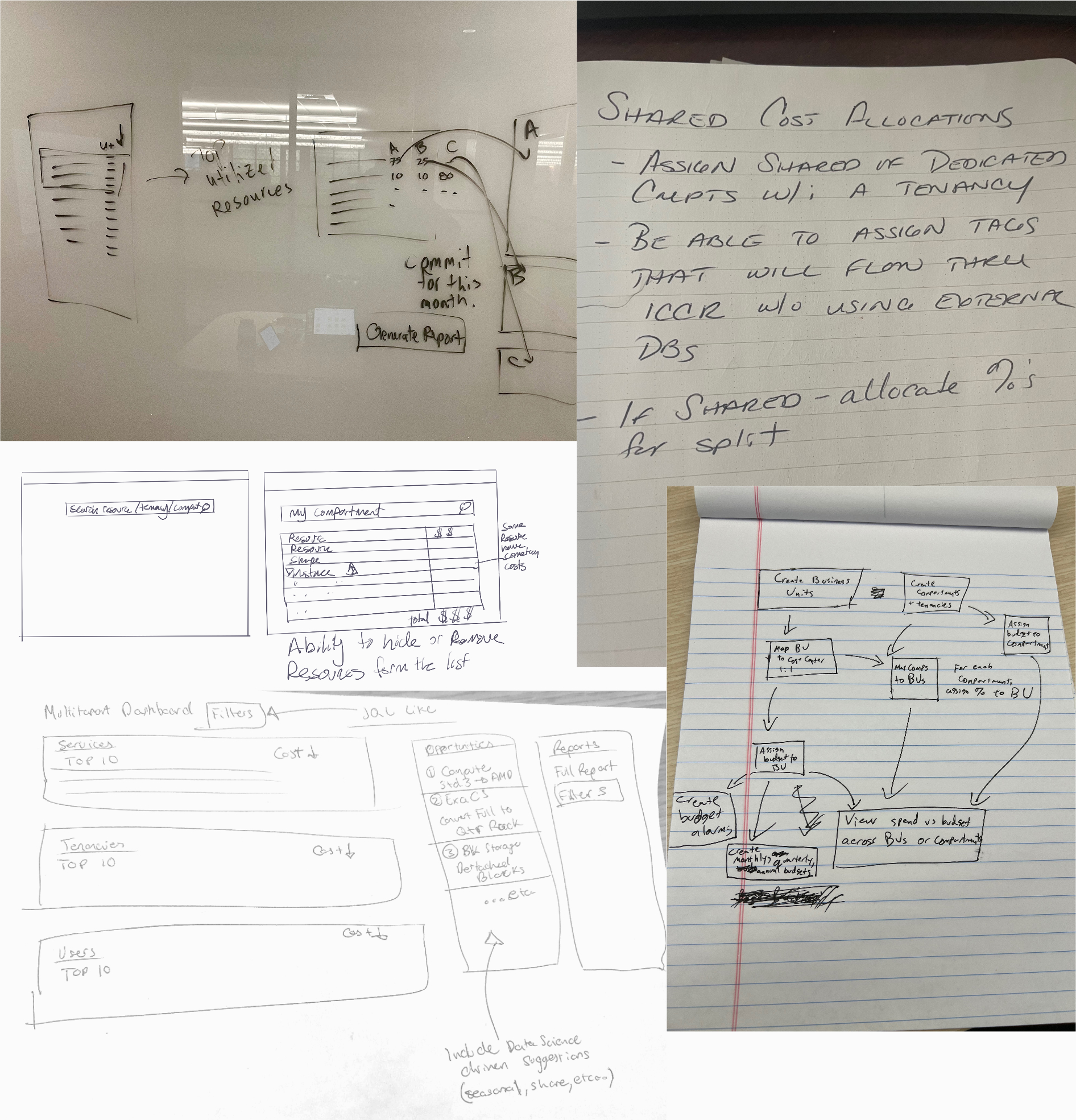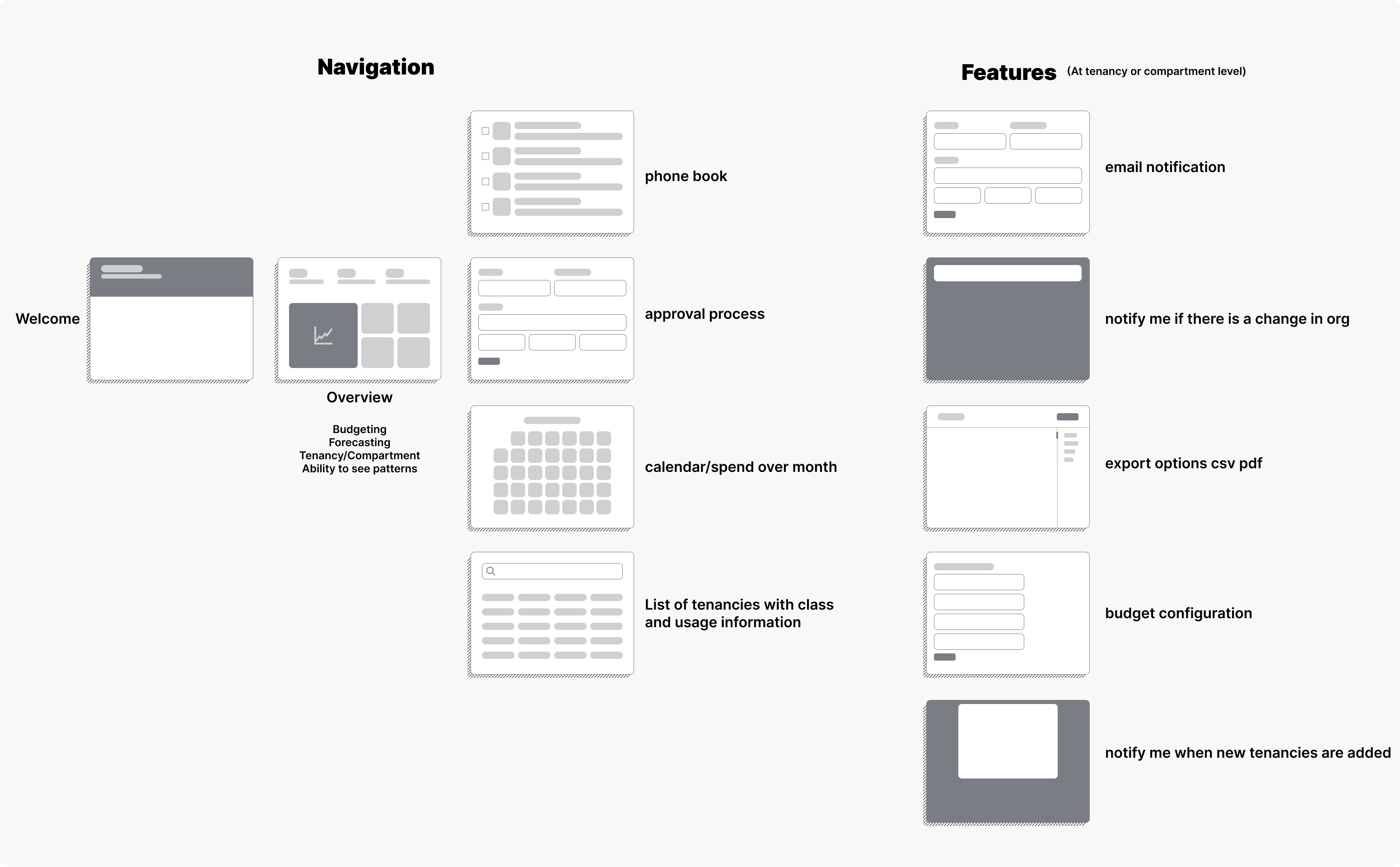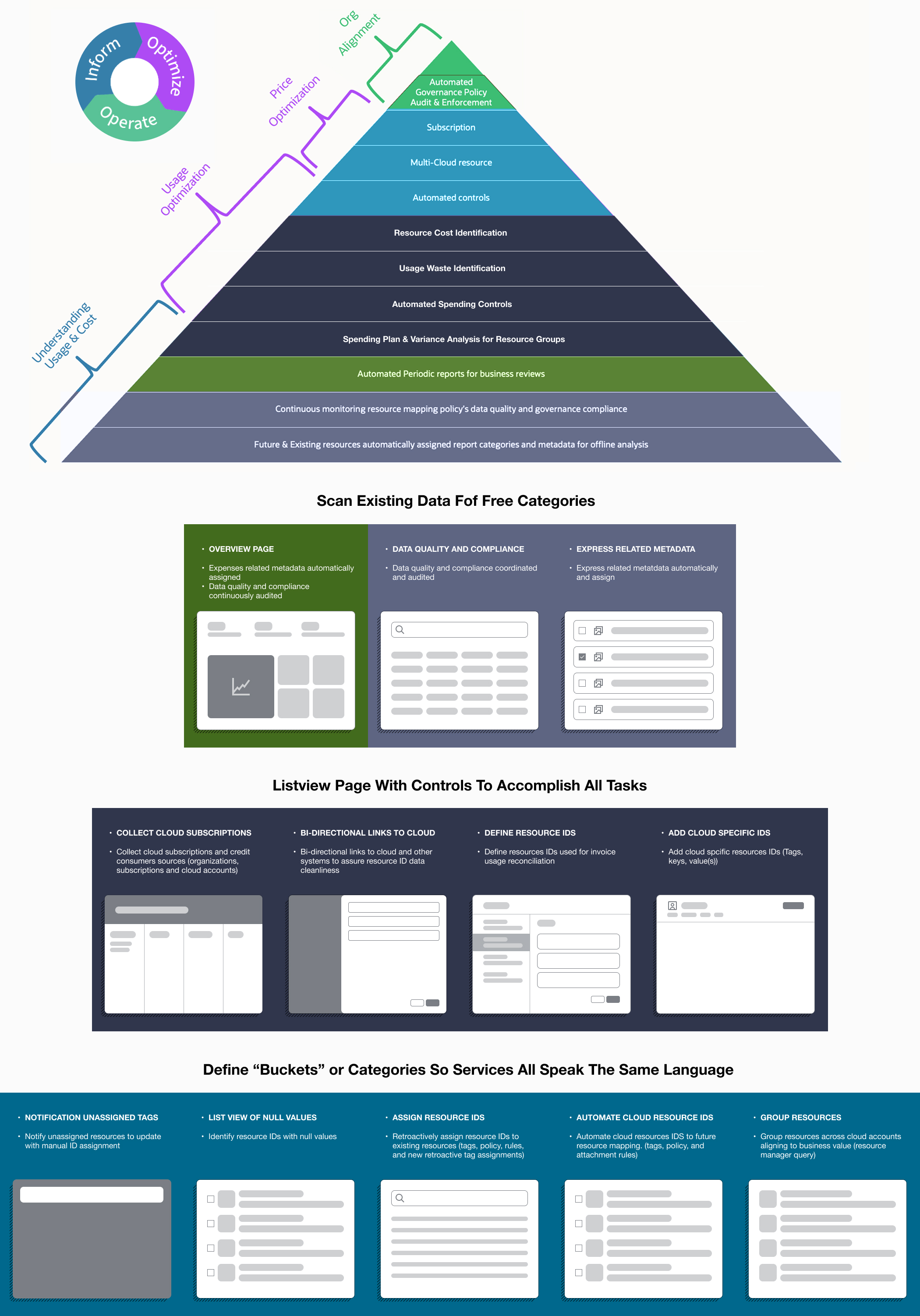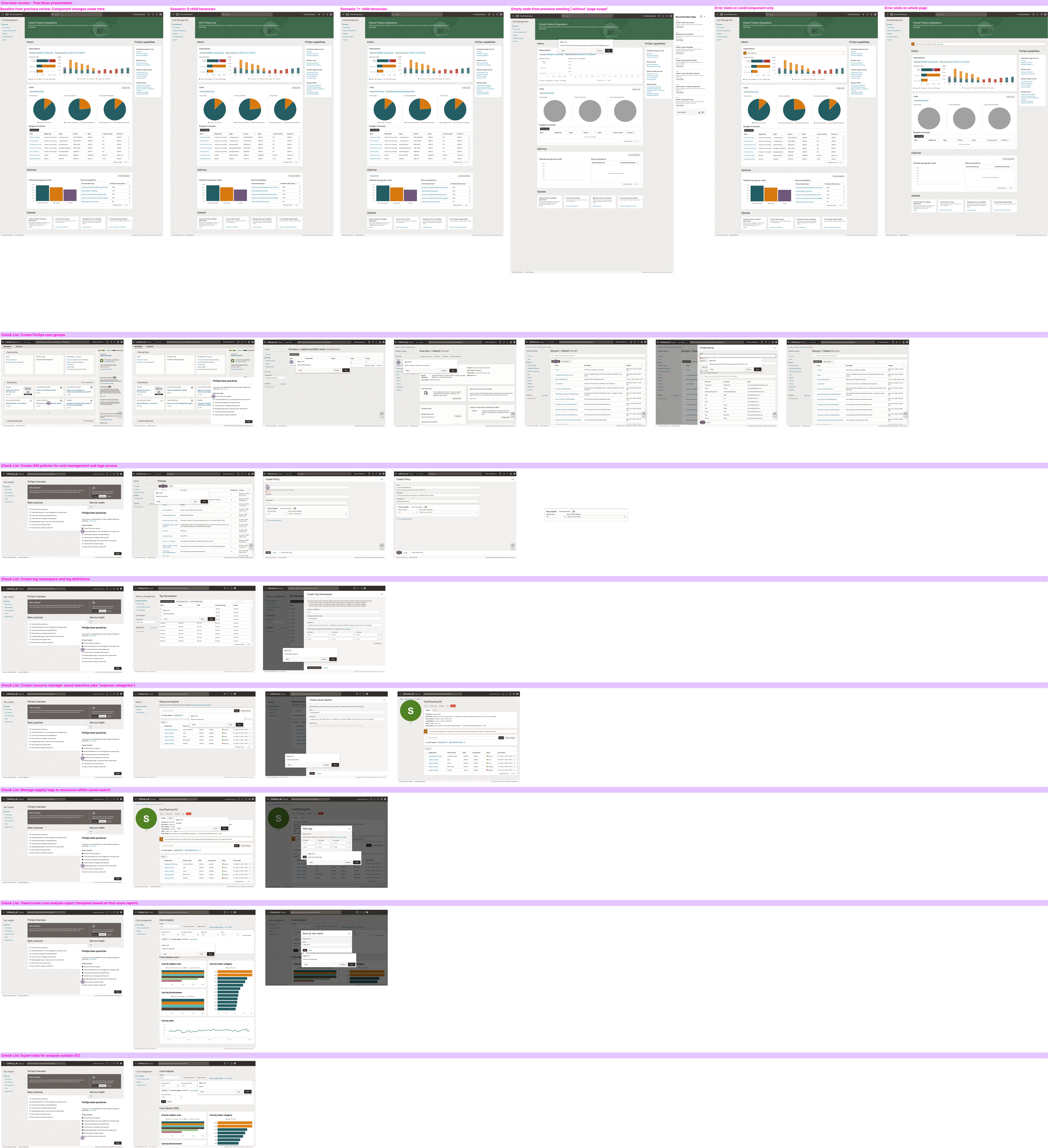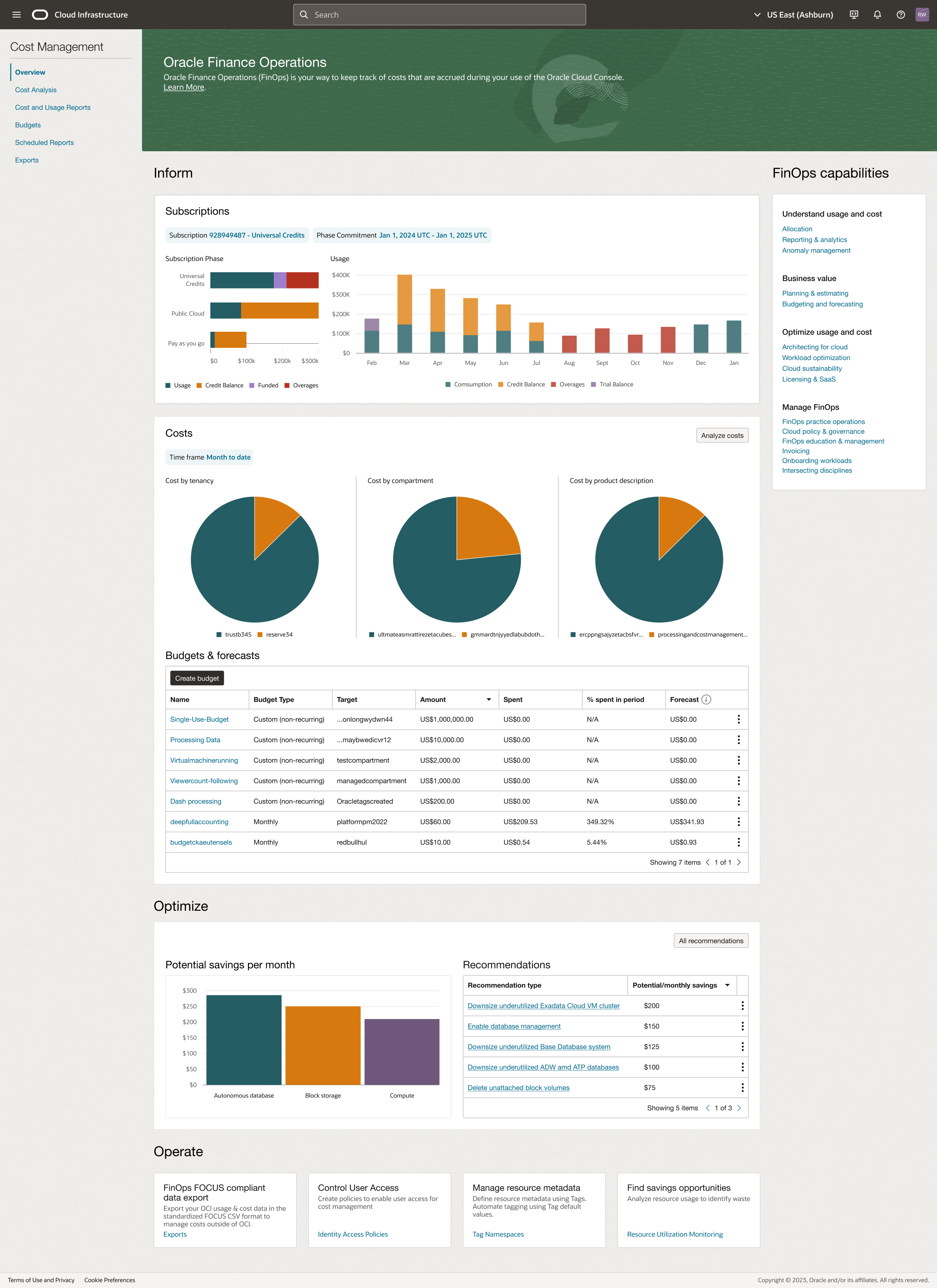Financial Operations for Cloud World
Oracle's biggest presentation event every year is Cloud World and OCI wanted to show up big with a new Financial Operations tool that would empower it's internal users to know what they were spending but also to allow their customers full control over their monthly budgets.
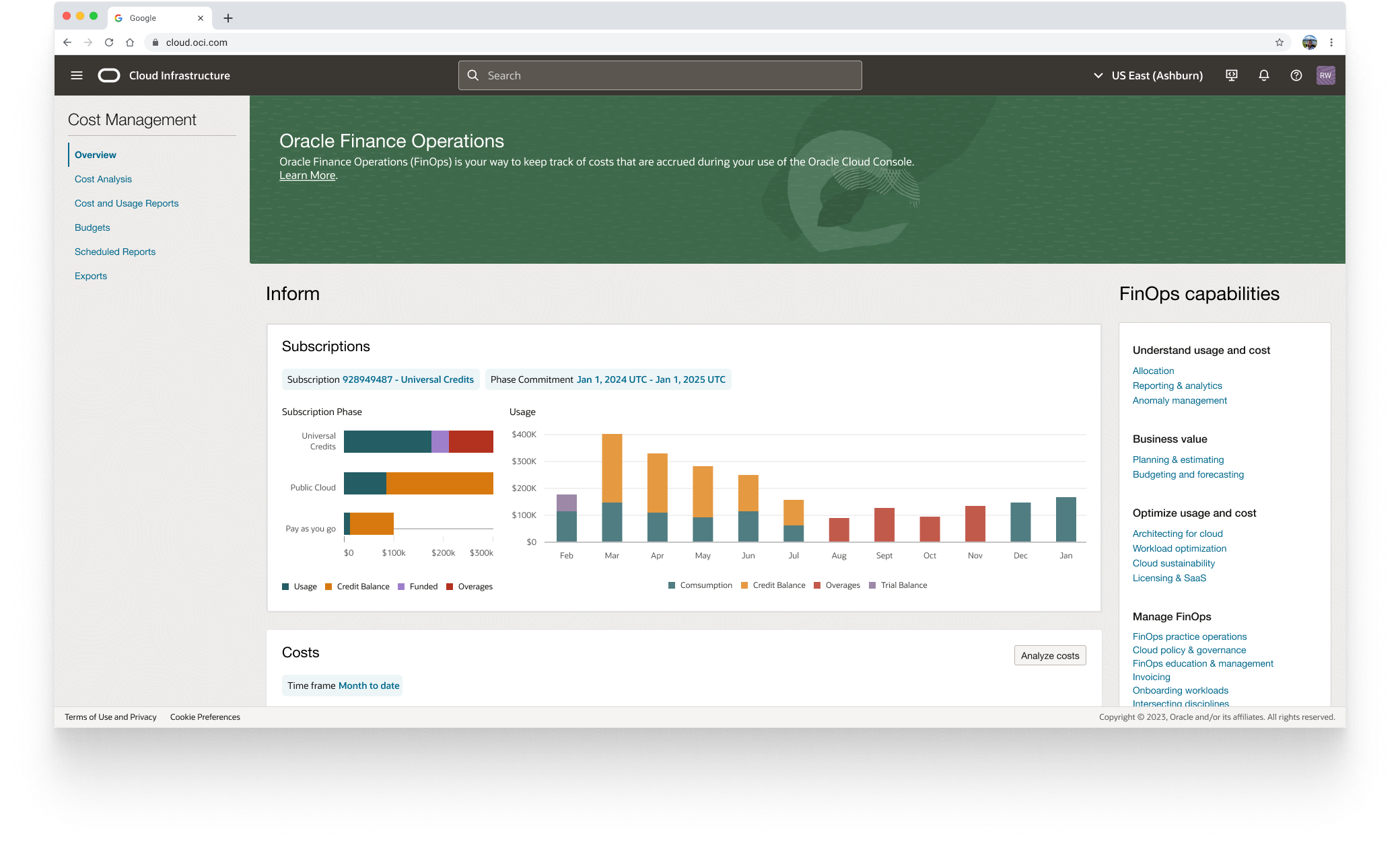
Next Project:
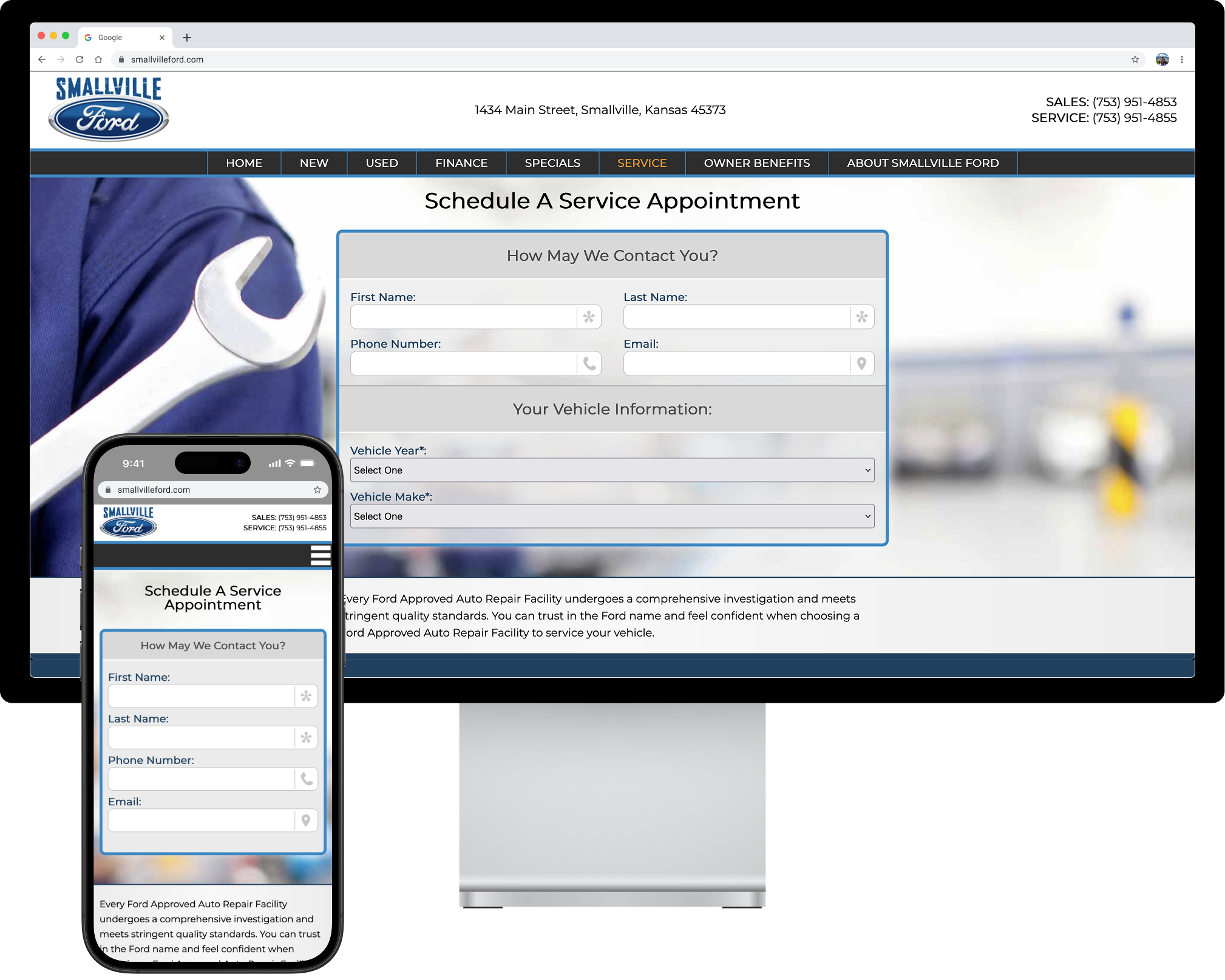
Customer Online Scheduling App
Scheduling a service appointment online is big business for any dealership. Ford wanted to know if we could simplify and speed up the process for consumers ultimately resulting in more vehicles in service bays. We also took on the current competitor for online scheduling and beat them! See how:
See Next Project View all projects